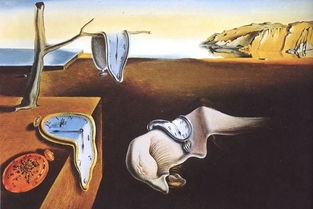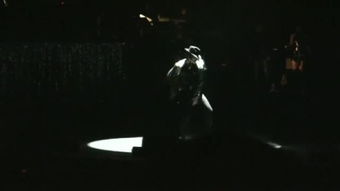Content:
Fishing in sewage pits might not be the most conventional pastime, but for those who are willing to explore the less-traveled waters, it can be a unique and rewarding experience. Sewage pits, often overlooked by anglers, can harbor a variety of fish species that are not typically found in cleaner waters. Whether you're an experienced angler looking for a new challenge or a beginner curious about the art of fishing in less-than-ideal conditions, here are some essential techniques and tips to help you master the art of fishing in sewage pits.
Understanding the Environment
First and foremost, it's crucial to understand the environment in which you'll be fishing. Sewage pits are characterized by poor water quality, high levels of organic matter, and fluctuating temperatures. These conditions can be challenging, but they also create a unique ecosystem that supports a diverse range of fish species.
Choosing the Right Equipment
The equipment you choose for fishing in sewage pits should be robust and able to withstand harsh conditions. Here are some key pieces of gear to consider:
Rod and Reel: Opt for a sturdy, heavy-duty rod and reel combination that can handle the strong currents and heavy fish you might encounter. A rod with a medium to heavy power rating is ideal.
Line: Use a strong, abrasion-resistant line that can withstand the rough conditions. Monofilament or braided line is a good choice, but ensure it's thick enough to handle the fish you're targeting.
Hooks: Choose hooks that are sharp and durable. Since you'll be dealing with murky water, larger hooks can help you see when a fish has taken the bait.
Bait: In sewage pits, the natural food supply is often limited, so you may need to use artificial bait. Live bait, such as worms or small fish, can be effective, but artificial lures like jigs or spinners can also work well.
Techniques for Success
Locate the Hot Spots: Sewage pits can have areas with better water quality and more fish. Look for areas where the water is less murky or where there are signs of fish activity, such as bubbles or splashes.
Cast and Retrieve: In murky water, casting and retrieving can be more effective than other techniques. Let your bait sink to the bottom, then slowly retrieve it with short, sharp twitches to mimic natural prey.
Patience is Key: Fishing in sewage pits can be slow-paced. Be patient and wait for the fish to come to you. Aggressive casting or reeling can spook the fish in these conditions.
Adjust Your Tactic: If you're not having luck with your initial approach, try changing your bait or luring technique. Sometimes, the smallest adjustments can make a big difference.

Safety First: Always prioritize safety when fishing in sewage pits. Wear protective gear, such as gloves and boots, to protect yourself from sharp objects and harmful bacteria. Also, be aware of your surroundings to avoid falling into the pit.
Conclusion
Fishing in sewage pits might not be for everyone, but for those who are up for the challenge, it can be a fascinating and rewarding experience. By understanding the environment, choosing the right equipment, and employing effective techniques, you can turn a seemingly unwelcoming place into a productive fishing ground. Remember, the key to success is patience, persistence, and a willingness to adapt to the unique conditions of sewage pit fishing. Happy fishing!












